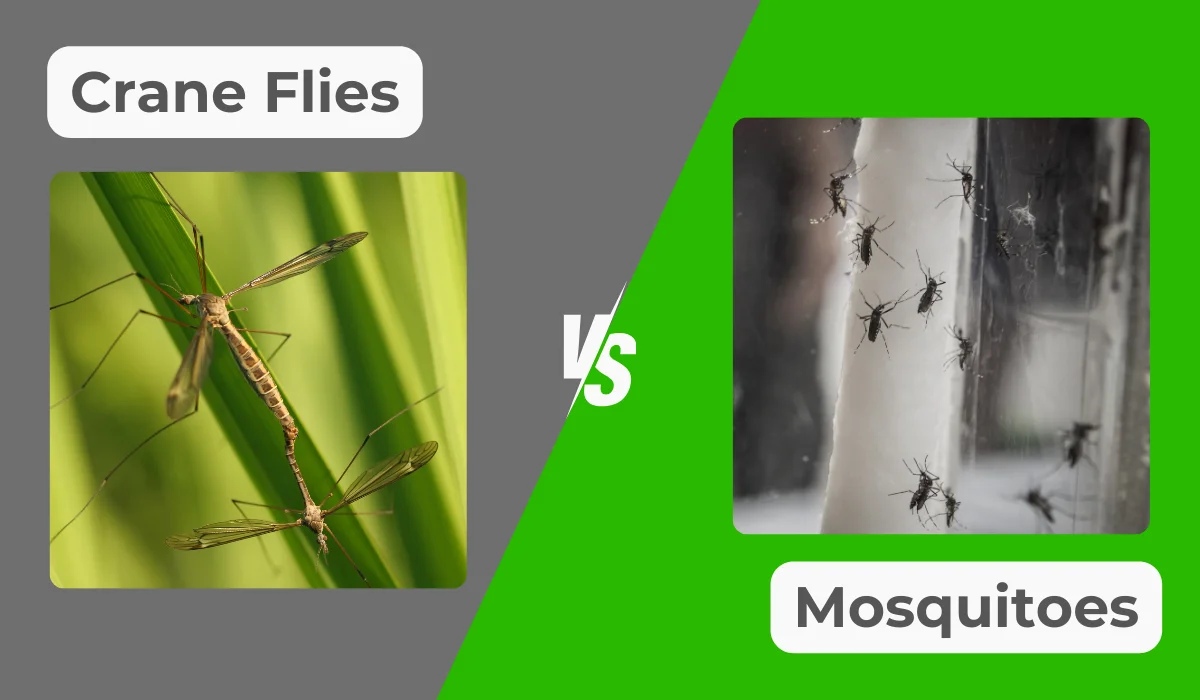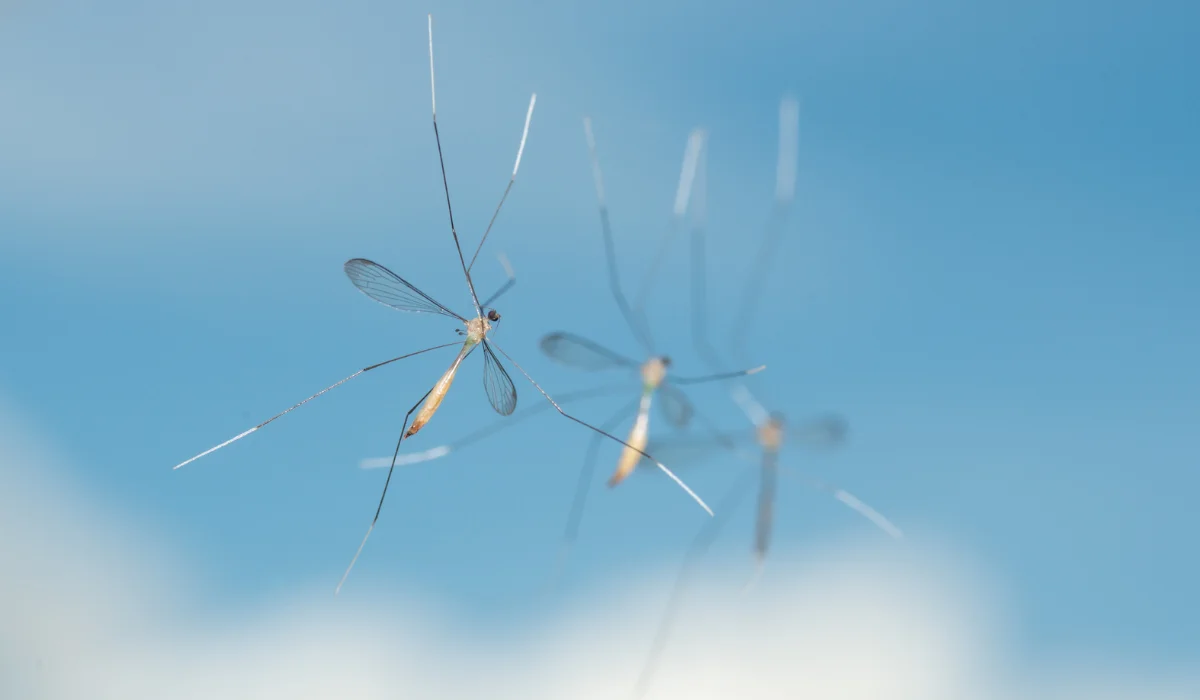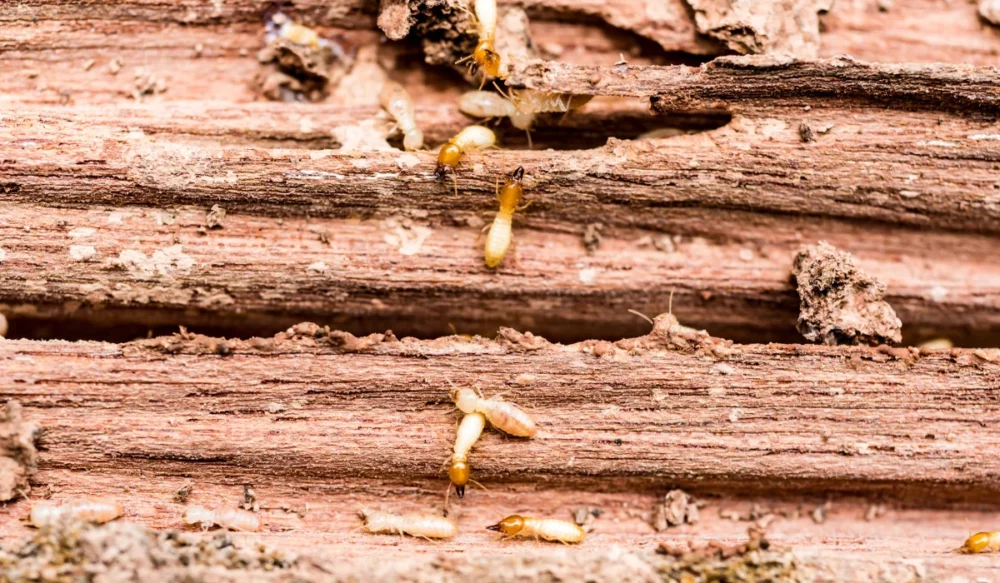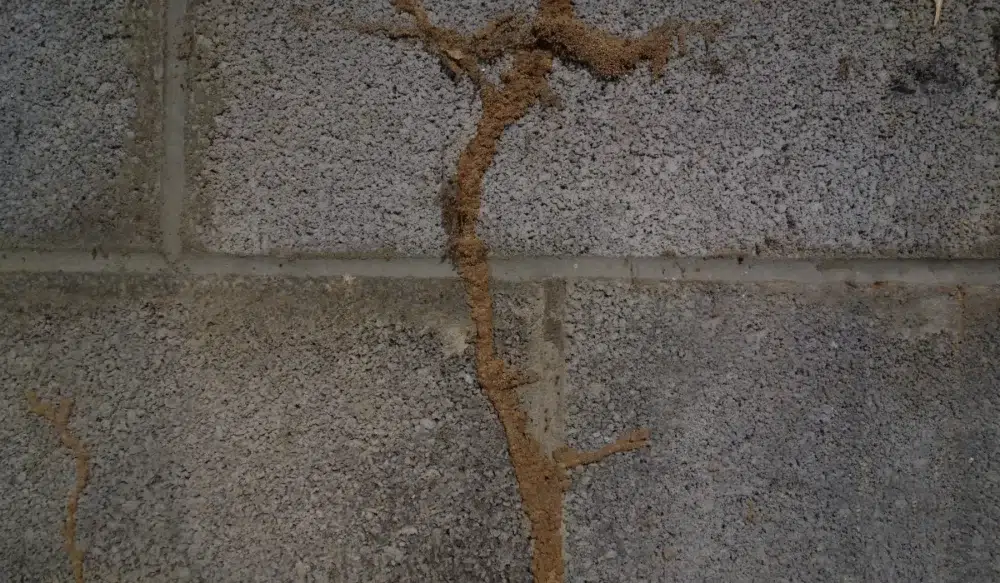If you’ve ever seen what looks like a giant mosquito flailing its way through your Phoenix yard, you might have assumed you were under attack.
In reality, it was probably one of the many species of crane flies that show up in large numbers after monsoon season or heavy irrigation. Despite their size and awkward flight, these flying insects aren’t out for blood, but they often get confused with mosquitoes, especially here in Arizona.
Let’s break down this misconception, explain how to tell them apart, and why it matters for local homeowners.
Key Takeaways
- Crane flies look like mosquitoes, but do not bite or eat them, despite nicknames like mosquito eaters or hawks.
- Mosquitoes pose health risks, while crane fly larvae can damage lawns, especially in damp or overwatered Phoenix yards.
- Knowing the difference helps Phoenix homeowners choose the right solution for controlling each pest effectively and safely.
- A local pest control company can offer expert help with mosquito control, lawn inspections, and safe treatments tailored for Phoenix.
Do Crane Flies Eat Mosquitoes?
The short answer is no.
The idea that crane flies eat mosquitoes is one of the most persistent urban legends in North America. They’re often called mosquito eaters, mosquito hawks, or even skeeter eaters, but none of these common names reflect what they do.
Adult crane flies might sip nectar, but most have a short lifespan and never feed at all.
As for their young crane, fly larvae, known as leatherjackets, live underground during the larval stage. They feed on organic matter, plant material, and decaying organic material, not mosquito larvae.
So, despite the name, they won’t help control mosquitoes.
Still, the visual similarity makes it easy to confuse the two, especially when one zips past your ear on a warm desert evening.
Crane Flies vs. Mosquitoes: Key Differences

Here’s a quick comparison to help you determine whether you’re looking at a crane fly or an actual mosquito:
| Features | Crane Fly | Mosquito |
|---|---|---|
| Size | Often 1–2 inches long | Under ½ inch, more delicate |
| Wings | Clear, flat, long; part of true flies (Diptera) | Narrow, with veins; fold over the body |
| Legs | Extremely long and floppy | Long, but more controlled |
| Mouthparts | Nonfunctional in many adult crane flies | Needle-like, built to pierce skin |
| Behavior | Clumsy flight, drawn to lights | Buzzes humans; seeks hosts |
| Body | Slender thorax, small antennae | Smaller body, more agile |
| Bite Risk | None | Female mosquitoes bite |
Why Phoenix Homeowners Should Care About the Difference
Understanding the differences between crane flies and mosquitoes isn’t just about curiosity. It has real implications for how you care for your home and yard in Phoenix.
Here’s why being able to tell them apart truly matters:
Mosquitoes Threaten Public Health
In Phoenix, we deal with mosquito populations that can carry serious diseases like West Nile virus. In 2023, Maricopa County reported over 1,000 cases, including 33 deaths. Misidentifying these pests can delay proper pest control, allowing bites and disease risk to increase.
Crane Fly Larvae Can Damage Lawns
While adult crane flies are harmless, their larvae feed on plant material and organic matter, sometimes damaging grass roots. In areas of moist soil, especially irrigated Phoenix yards, too many leatherjackets can thin out turf and cause patchy lawns.
Different Bugs, Different Solutions
Phoenix homeowners need to know the difference because treatment varies. While mosquito control often involves fogging systems, crane flies usually don’t need direct treatment—unless the lawn shows signs of larval damage.
Visual Panic and Confusion
Their resemblance to mosquitoes, and even to daddy long legs, causes panic when they flutter indoors. But understanding they’re just awkward true flies—not bloodsuckers—can make a big difference in how you respond.
How to Manage Crane Flies and Mosquitoes in Your Yard
Once you’ve identified whether you’re dealing with mosquitoes or crane flies, the next step is knowing how to keep them under control.
Here are some targeted strategies that work well for yards in the Phoenix area:
Drain Standing Water
This is the go-to method to reduce mosquito larvae.
Flowerpots, birdbaths, and even bottle caps can become breeding sites. Our technicians inspect for hidden water sources as part of our pest control service in Phoenix.
Balance Lawn Irrigation
Crane flies lay eggs in moist soil, and overwatering can encourage an influx of leatherjackets. Adjust your irrigation system to keep things healthy—but not soggy.
Use In2Care for Mosquito Control
The In2Care system uses a biological agent to sterilize mosquitoes, breaking their life cycle.
It targets breeding grounds directly and has a proven track record in Phoenix neighborhoods where mosquito populations spike.
Get Your Lawn Inspected
If you suspect your turf is thinning or browning despite proper watering, it might be the result of crane fly larvae.
We can assess and advise whether treatment is needed based on activity in the larval stage or the pupal stage.
Seal Cracks and Screens
Both flying insects—mosquitoes and crane flies—enter homes through gaps in windows, doors, or attic vents.
Sealing up your home is an easy, noninvasive step that goes a long way.
Not Sure What’s Bugging You? We’ll Tell You—and Handle It
At Green Home Pest Control, we help Phoenix residents sort through confusing situations like these. Whether it’s a harmless tipula species or a biting gallinipper (a particularly aggressive mosquito), we’ll identify it and take care of it.
Our services are safe for families and pets, eco-conscious, and available the same day you call. Whether it’s routine pest control or an urgent mosquito outbreak, we’ll get your yard back to being your favorite place to relax.
Not sure if you’re dealing with mosquitoes or something else? Schedule an inspection with Green Home Pest Control, we’ll identify it and recommend what to do next.
RELATED: How Flies Are Getting Into Your Phoenix Home This Summer, And How To Stop Them




